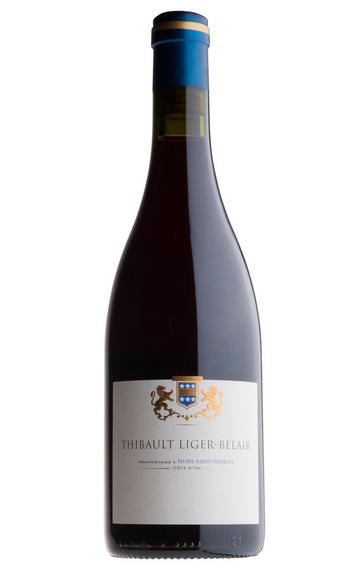
2016 Corton, Clos du Roi, Grand Cru, Thibault Liger Belair Successeurs, Burgundy
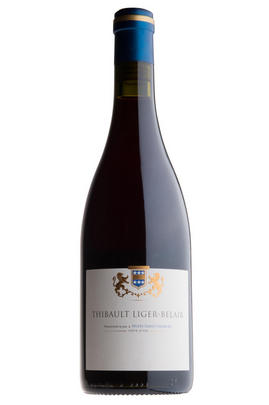
About this WINE
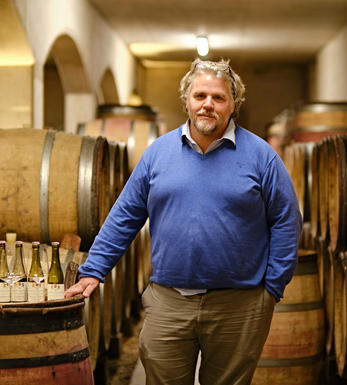
Domaine Thibault Liger-Belair
Domaine Thibault Liger-Belair is part of our Spotlight on sustainability series. You can view the full range here.
Thibault Liger-Belair is cousin to Vicomte Liger Belair of Vosne Romanée. In 2001 he took over an old family property in Nuits St Georges, taking back the vines which had been contracted out to various share croppers, and leased a cuverie just down the road. The family jewels (his branch) consist of Richebourg, Clos de Vougeot and Nuits St Georges Les St Georges, to which he has added further vineyards and a few additional cuvées made from purchased grapes.The vines are now certified organic and farmed biodynamically, with horses used to plough the vineyards where possible. The grapes are rigorously sorted on a table de tri, then destalked and fermented without much punching down or pumping over. They will be racked once during the elevage, but Thibault is not afraid of reductive flavours at this stage which, he feels, adds to the eventual substance and complexity of the wine. The oak regime is not to exceed 50% new barrels but also not to use any barrels more than three years old. The natural style of Thibault’s wines is plump and full-bodied, though the benefits of his farming methods seem to be bringing a more mineral aspect to the fruit as well.
The natural style of Thibault’s wines is plump and full-bodied, though the benefits of his farming methods seem to be bringing a more mineral aspect to the fruit as well.
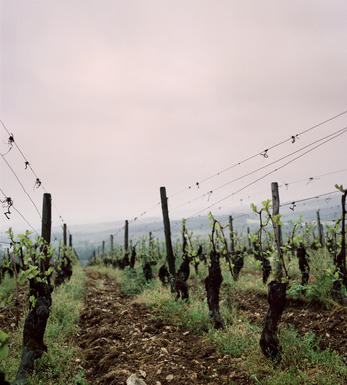
Corton-Charlemagne
There are two specific Charlemagne vineyards, En Charlemagne and Le Charlemagne, making up half the Corton-Charlemagne appellation, while white grapes grown in seven other vineyards (see list below) may also be sold as Corton-Charlemagne. As a result there can be a wide divergence in style between a south-facing location such as Pougets, which needs picking right at the start of the harvest, and the western slopes in Pernand-Vergelesses which might be picked several weeks later. The underlying similarity though comes from the minerality of the soil.
En Charlemagne lies at the border with Aloxe-Corton. The hillside faces west and fine, racy white wines can be made, but the Grand Cru appellation has been extended right up to the village of Pernand itself, by which time the exposition is north-west and the valley has become noticeably more enclosed. The final sector was only promoted in 1966, and probably should not have been.
Le Charlemagne is the absolute heartland of the appellation, facing south-west, thus avoiding the risk of over-ripeness which can afflict the vines exposed due south. If I had Corton-Charlemagne vines here I would be tempted to let the world know by labelling the wine as Corton-Charlemagne, Le Charlemagne.
Two producers to my knowledge also have some Pinot Noir planted here – Follin-Arbelet and Bonneau du Martray. Both make attractive wines but neither, to my mind, justifies Grand Cru status for red wine, lacking the extra dimensions of flavour one hopes for at the highest level. This is not the producers’ fault, but a reflection of the terroir.
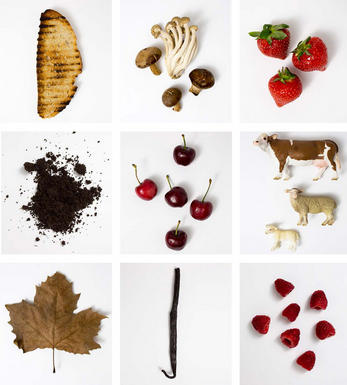
Pinot Noir
Pinot Noir is probably the most frustrating, and at times infuriating, wine grape in the world. However when it is successful, it can produce some of the most sublime wines known to man. This thin-skinned grape which grows in small, tight bunches performs well on well-drained, deepish limestone based subsoils as are found on Burgundy's Côte d'Or.
Pinot Noir is more susceptible than other varieties to over cropping - concentration and varietal character disappear rapidly if yields are excessive and yields as little as 25hl/ha are the norm for some climats of the Côte d`Or.
Because of the thinness of the skins, Pinot Noir wines are lighter in colour, body and tannins. However the best wines have grip, complexity and an intensity of fruit seldom found in wine from other grapes. Young Pinot Noir can smell almost sweet, redolent with freshly crushed raspberries, cherries and redcurrants. When mature, the best wines develop a sensuous, silky mouth feel with the fruit flavours deepening and gamey "sous-bois" nuances emerging.
The best examples are still found in Burgundy, although Pinot Noir`s key role in Champagne should not be forgotten. It is grown throughout the world with notable success in the Carneros and Russian River Valley districts of California, and the Martinborough and Central Otago regions of New Zealand.


Buying options
Add to wishlist
wine at a glance
Delivery and quality guarantee